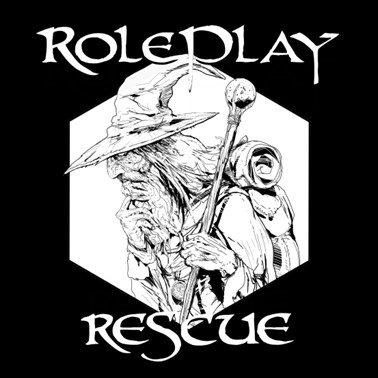Building on my thoughts about Playing For The Sake of Playing, I have been considering how best to re-capture the spirit of playfulness that I experienced as a teen while actually now being an adult.
I am beginning to find my feet at two ends of a spectrum: at one end is a very casual game played with whomever shows up, with whichever world and rules the GM fancies using in the moment; at the other end is a game played with the definite goal of trying of offer players as deep an Otherworld-immersion as I can muster, played regularly with the same player group in the same World.

Today, I’m dabbling at the casual end of this imagined gaming spectrum and following the advice of The Alexandrian about offering an Open Table.
Although starting with students at the school club, offering them a cool adventuring session week by week, I recognise that there is nothing preventing me offering any Open Table game to any other players who also want to have a game. That’s the point: it’s open – any players, any time, any where, as often as you like, one time or many.
The Open Table needs six things:
1. Quick Character Creation
The Alexandrian, “What an Open Table needs“
2. Easy Access Systems
3. Open Group Formation
4. Default Goal
5. Default Action
6. Regenerative / Extensible Content
As outlined in my Delvers For School post, the current plan covers these six points really well using Dungeon Fantasy RPG (powered by GURPS), Delvers To Grow and/or The Mook’s Quick Character Creation to run a classical megadungeon game structure.
I have learned to lower the expectations I have of the players investment of effort: I don’t teach the rules; I don’t expect anything more than a quick chat to build their character (I do the sheet for them); I let them roll dice but don’t fuss about discussing the numbers with them (unless they ask).
Instead, I aim to keep them focused on being in-role and describing what they want to do. This is likely to mean I get to move them deeper into the game experience as an emergent narrative rather than as a board game.
For younger players, I aim to use a battle map for fights because most teens enjoy the tangible engagement with physical objects (such as miniatures). This is optional if I play online or with adults.
What’s key is to know the audience for the session in front of you. Give them what they want so it’s easy and enjoyable… at least, as long as those kinds of things are easy and enjoyable for you.
What I am looking forward to is being tasked with preparing only a small amount of content up front and being able to incrementally extend it and reuse established stuff session-by-session.
I think I might steal maps from Tonisborg and Arduin adventures, ideas from old modules, and monsters from wherever I can rustle up something interesting. Playing with the Open Table is remarkably freeing in that regard. It doesn’t really need to hang together session to session… unless (like me) you enjoy creating deeper cohesion.
This all kicks off for a session at school on Wednesday and from there, well… it can be played some more or not. That’s the point.
Game on!

[…] I’ll be running this with the “powered by GURPS” Dungeon Fantasy RPG, having players create a quick character using The Mook’s sheets, and setting it all up as the beginning of an Open Table megadungeon game. […]
LikeLike
[…] you begin to game in an open sandbox roleplaying game, especially with an Open Table format, you are not telling the players what the goals are. Of course, like any good game structure, the […]
LikeLike
[…] for the sake of playing”, while the Wilderlands was about offering a knock about Open Table hexcrawl/dungeon game. Then I think about a world. Lastly, I consider which specific set of rules […]
LikeLike
[…] conclusion, I feel that it’s going to be very possible to run an Open Table dungeon-based game using this methodology. I may well change the rules system to something a little more compatible […]
LikeLike
[…] easiest group-based Tiny Prepped campaign would be to start an Open Table with just one or two player seats per session playing Locationcrawls. You could even build a […]
LikeLike
[…] Open Tables are drop-in-drop-out social games designed to allow low-commitment play on any schedule. They emulate the way we played as teens, where each session might continue from the last but it was equally likely that it wouldn’t. The GM might change, the characters sometimes changed, and the players regularly did change. […]
LikeLike